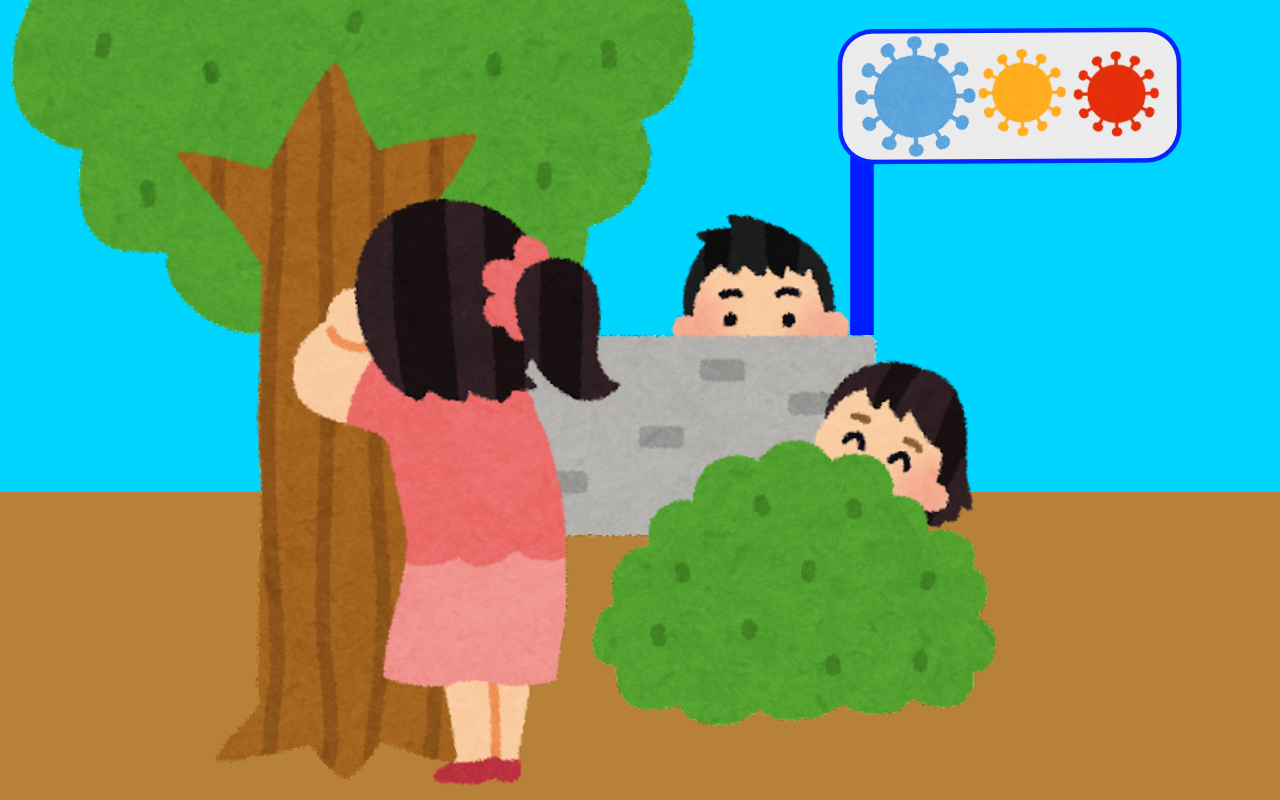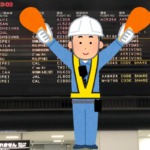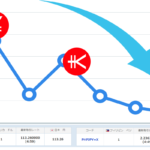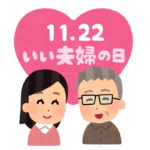
In Ibaraki Prefecture, where I live, as in the Tokyo metropolitan area (Tokyo, Chiba, Kanagawa, Saitama), the "period for preventing the spread of the disease," which was until March 6, has been extended until March 21.
The new coronas that broke out in Wuhan Province, China and were spread around the world by the Chinese have not only claimed many lives, but are still causing tremendous economic damage.
In Japan, the state of emergency was declared on April 7, 2020, and since then, a wave of infections has had a major impact on society and the economy.
The most significant was the postponement of the 2020 Tokyo Olympics, which was held a year later, but the event itself was controversial, and ultimately the holding of the Olympics without spectators was not a very exciting event.
Although there were no extreme restrictions on leaving the house in Japan, as the death rate was not as high as in other countries, voluntary restraint in going out when not necessary, promotion of telework, and requests to close facilities and restaurants where unspecified people congregate were implemented.
On May 27, 2020, the state of emergency was lifted as the infection situation showed improvement. There was a lull for a while after that, and my wife and I took advantage of the government's "Go To Travel" campaign to go on a short trip to Kumamoto and Fukuoka.
Inoculation with the new corona vaccine began in the spring of 2021, and although there were outbreaks of infections caused by the mutant strain, the situation had been going back and forth. Then, in November 2021, an Omicron strain with extremely strong infectivity confirmed in South Africa arrived in Japan, and the number of infected people suddenly increased.
The Omicron strain is highly contagious but has a low rate of serious illness. An acquaintance of mine was infected but only mildly, with a slight fever.
Looking at symptoms alone, influenza is more severe. So it is hard to understand why "measures to prevent the spread" are necessary.
Apparently, the high infection rate and high utilization of hospital beds, i.e., the concern about the shortage in the medical system, were the background for the introduction of the measure.
The number of beds set aside for new coronas patients, according to the government, is 44,655 nationwide, or 35 beds per 100,000 people. The total number of hospital beds in Japan is 1,641,407, which is only 2.69% of the total number of beds in Japan.
I think we cannot simply look at the number of beds because some patients are seriously ill, but even so, I feel it is too few.
Even though the overwhelming majority of people are asymptomatic or mildly ill, with an average of about 68,000 people testing positive every day for the past seven days, it is not hard to see why there is concern about a medical shortage due to the small number of beds reserved for medical personnel.
The problem is that it has been two years since the new coronas began to spread, yet the government has not been able to create an adequate medical system.
Vaccine coverage was high, although there was a sense of delay (although the third dose is still lagging behind). But other than that, all that has been happening is self-restraint that imposes sacrifices on the public and requests for shortened business hours and closures that strangle restaurants and bars.
While the situation in Ukraine may make it difficult to hear the government's condemnation of the new corona, we would like to see the government implement more realistic measures.
Enough with the "anti-epidemic measures!"









